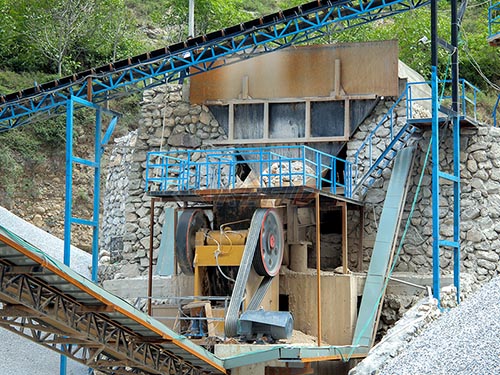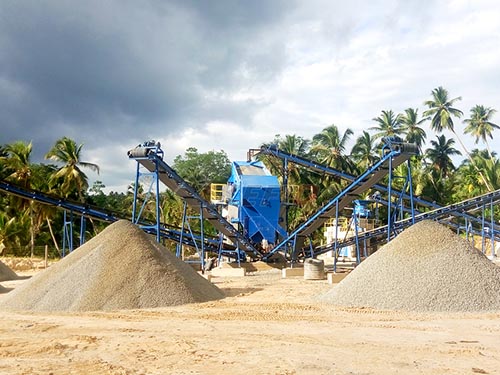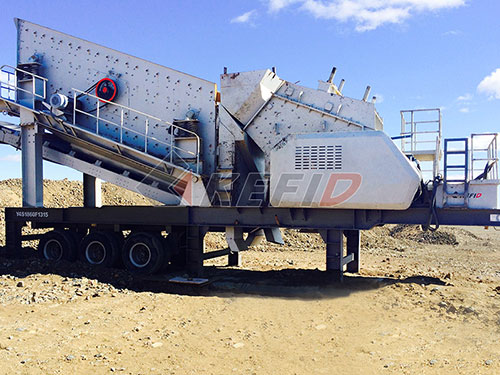Beyond the Price Tag: A Comprehensive Analysis of Crusher Plant Metal Detector Replacement Costs
Metal detectors are the unsung guardians of crushing plants worldwide. Positioned strategically on conveyor belts feeding primary crushers or critical downstream equipment, these electronic sentinels vigilantly scan aggregate streams for ferrous and non-ferrous metallic contaminants – tramp metal that could inflict catastrophic damage costing hundreds of thousands in repairs and days or weeks of lost production. When these vital components fail or become obsolete, replacement becomes an operational necessity rather than a discretionary expense. However, understanding the true Crusher Plant Metal Detector Replacement Cost requires moving far beyond the simple invoice price of a new unit. It demands a holistic view encompassing direct expenditures, hidden operational impacts, technological considerations, and long-term value optimization.
1. Why Replacement is Inevitable: The Critical Role & Failure Modes


Before dissecting costs, appreciating why replacement occurs is crucial:
Catastrophic Failure: Physical damage from impact (ironically, sometimes from large tramp metal bypassing detection!), electrical surges, water ingress destroying electronics, or worn-out components beyond repair.
Obsolescence: Older systems may lack modern features like advanced discrimination algorithms to ignore harmless minerals (e.g., magnetics in iron ore), sophisticated diagnostics for easier troubleshooting, robust communication protocols (Ethernet/IP vs older serial), or compatibility with modern plant control systems.
Performance Degradation: Gradual loss of sensitivity leading to missed detections (“nuisance” metal causing damage) or increased false trips disrupting production without cause.
Changing Requirements: Plant modifications like higher belt speeds, increased material depth/loads exceeding the detector’s rated capacity.
Regulatory/Safety Compliance: Newer standards may mandate enhanced safety features or reliability levels that older units cannot meet.
Ignoring a failing detector risks immense downstream costs: shattered crusher mantles/concaves, torn conveyor belts, damaged screens and chute liners – easily reaching $100k+ per incident – plus significant unplanned downtime losses ($10k-$50k+ per hour in large plants).
2. Dissecting the Direct Replacement Cost Components
The most visible part of replacement is the direct expenditure:
A. The Detector Unit Itself:
Technology & Capability: Basic ferrous-only detectors are significantly cheaper ($5k-$15k USD) than advanced multi-frequency models capable of detecting both ferrous and non-ferrous metals ($

Leave a Reply